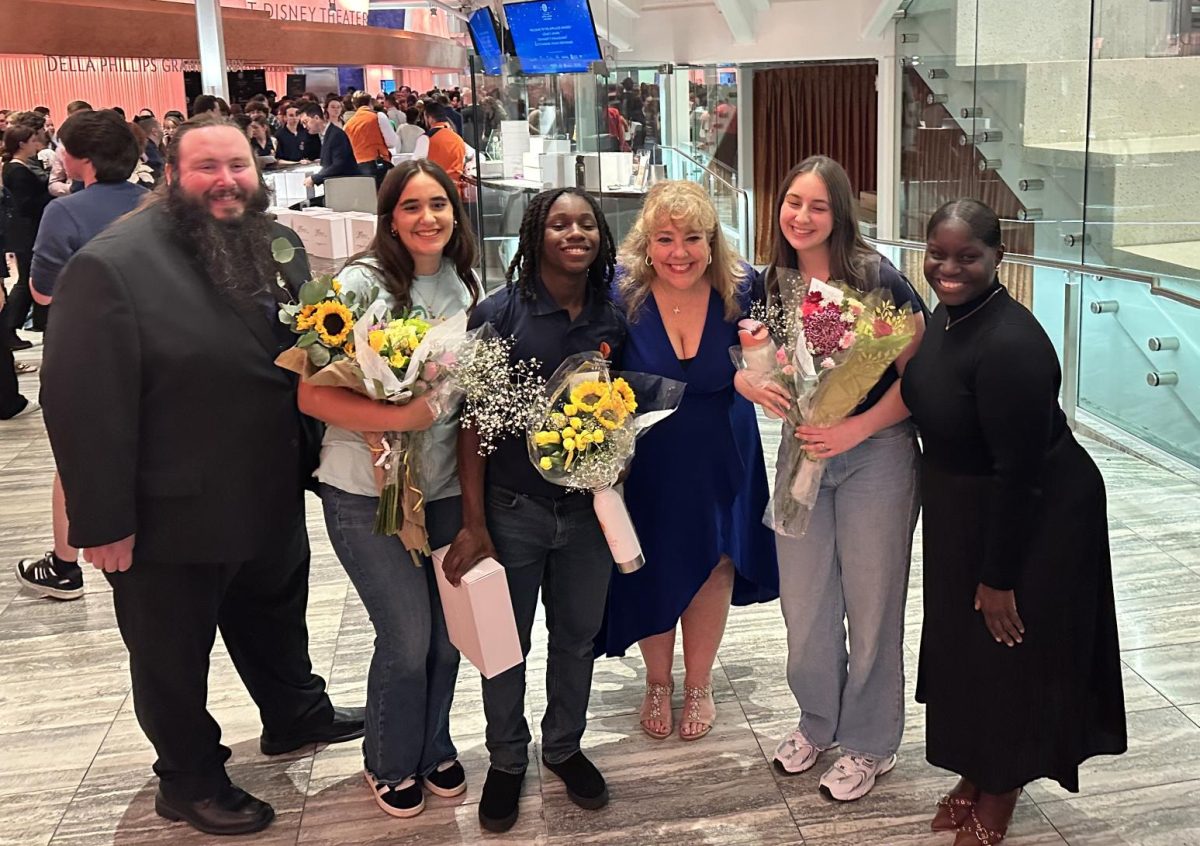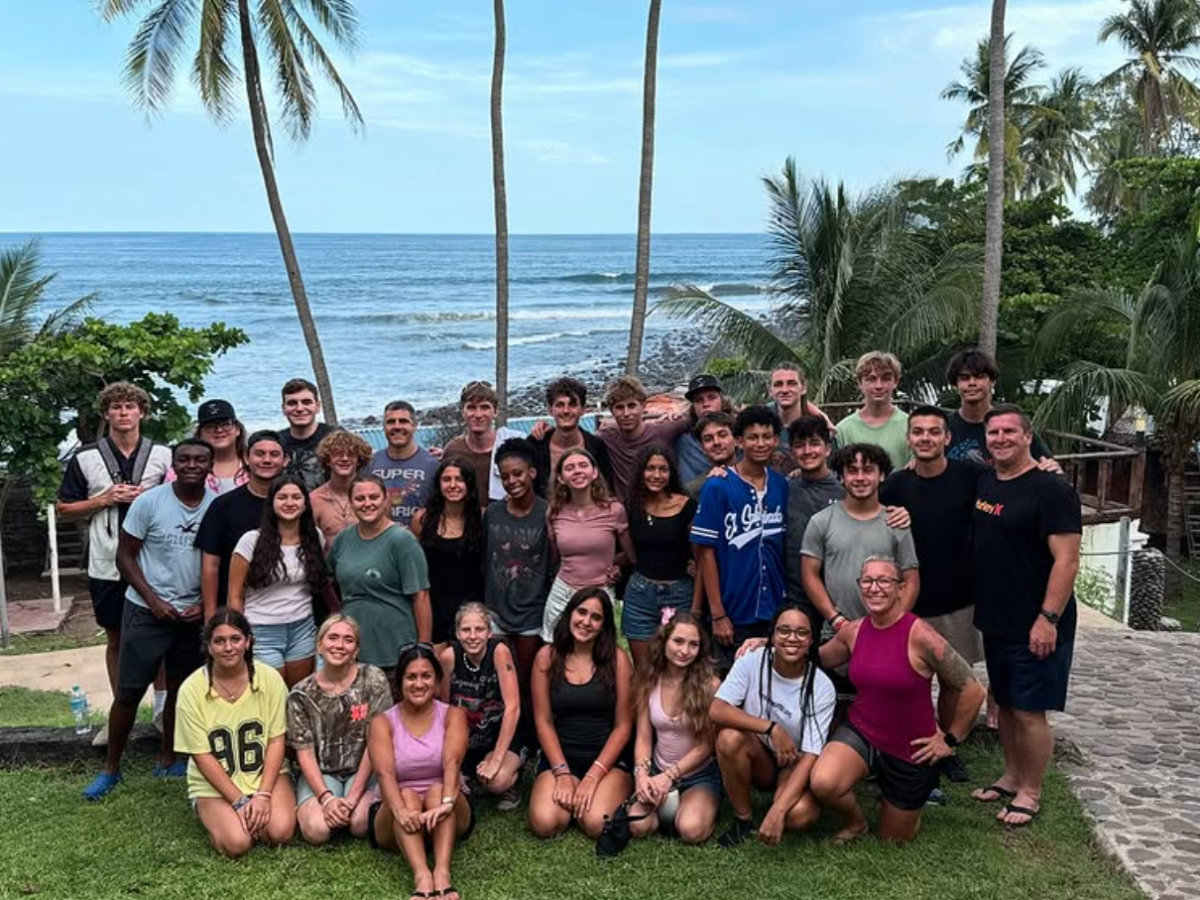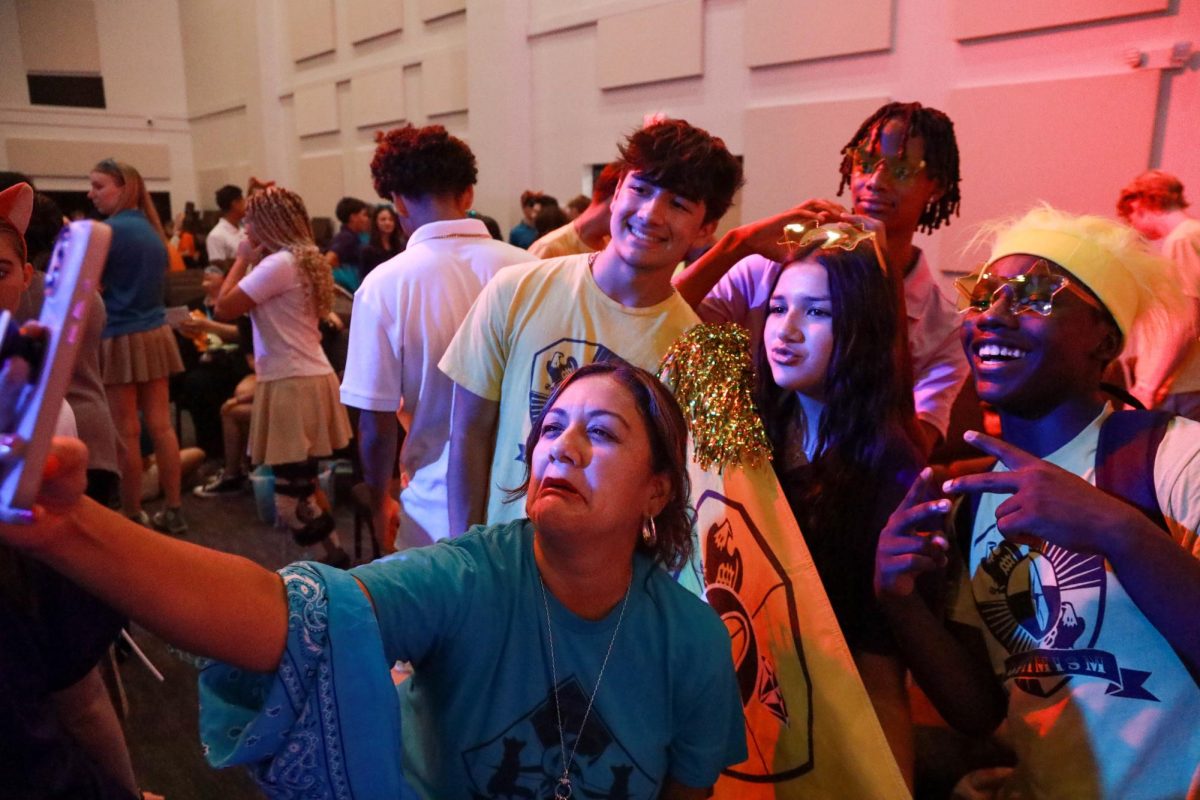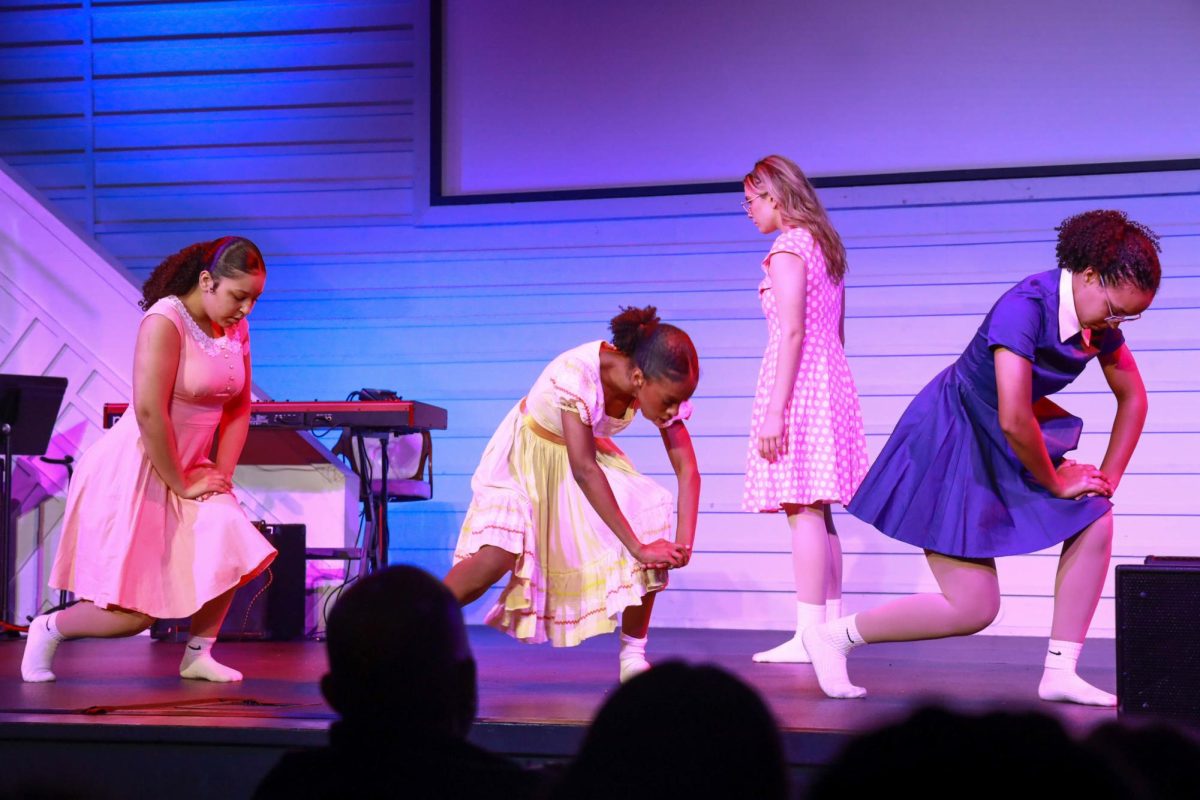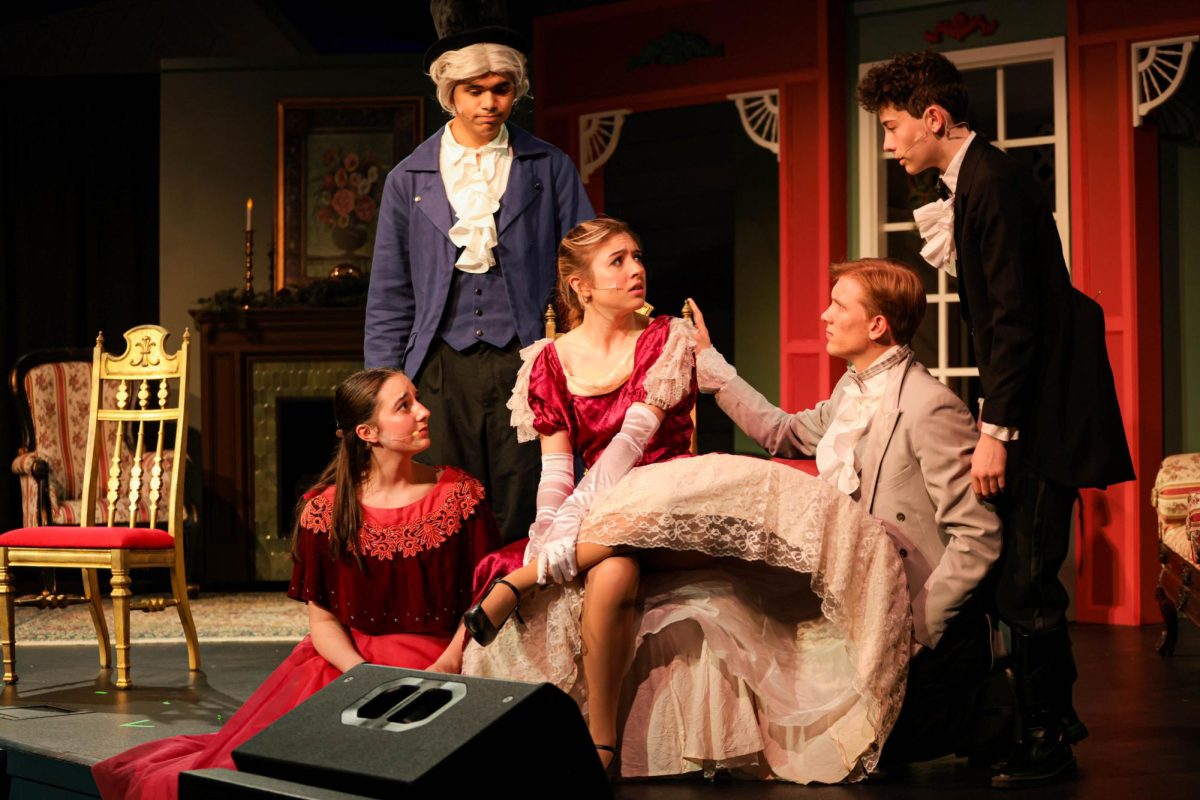Consider the art museum, what it means to society, and why these seemingly unviable institutions exist in our community. Recently, I was made to confront this very question upon learning that the Orlando Museum of Art, one of the most prestigious art museums in the state, released a statement to its stakeholders that its financial future is uncertain. Facing $500,000 in debt from mounting legal fees resulting from the aftermath of a 2022 incident where the FBI seized a collection of forged Jean-Michel Basquiat paintings after the curator was duped by an auctioneer.
The art museum is a singularity in the human experience, where philosophical commentaries merge with unbound expressions of mirth and revelry in our shared humanity. The art museum is a shared forum memorializing society’s miseries and triumphs alike for all time. The art museum is an equalizer of class, where anyone, regardless of background, can gather, learn, and share, bonded by a collective appreciation for creative expression.
However, while anyone may admire an artist, not all artists may be admired. Unfortunately, the art world is marred by personal biasis, as with all things. There is a reason when one conjures a vision of ‘the art world’ two separate worlds appear. One featuring glamorous private auctions, and the other presenting the ‘starving artist,’ sleep-deprived and has resorted to selling alleyway postcards to carve out a daily living.
The museum, in the public eye, is the best if not the only place to view and appreciate art. Unfortunately, this gives museum curators and directors total power over what is worthy of public viewing, who will be recognized during their career as an artist and who won’t. In such a subjective field where emotional, subjective interpretations are core tenets, it is, dare I say, immoral for anyone to play gatekeeper.
American Sociologist Leih Greenfield, in her paper “Professional Ideologies and Patterns of ‘Gatekeeping,” makes a point that should be taken with measured concern.
“Such behavior on the part of the avant-garde gatekeepers represents a clear case of unintended consequences of intentional action, in which an ideology of unlimited freedom (here, of artistic creativity) carried to its logical conclusion leads to an increased susceptibility of its advocates to social pressure, and thereby creates a situation characterized by a high degree of conformity. This is a conclusion which may have relevance not only for the sociology of art but also for the exploration of the effects of ideologies on social behavior in general.”
To summarize, while critics, curators, and other art tastemakers may have the best of intentions, they may inadvertently stunt creative freedom and expression. As the gatekeepers to the art world and the key deciders in whose careers will succeed or fail, naturally, artists may tend to alter what they create to the personal desires of the gatekeepers. Regardless, though, the gatekeepers wield great power over what ideas enter the public consciousness that can be quite dangerous if left unchecked.
But what can we do to take action and ensure that diverse perspectives are protected in our art museums? Well, museum curators and directors exist to serve the public with what they believe will get them into their institutions. So one of the best things that you can do is to make your voice heard, make it clear the art you would like to see show up in your local museums; your efforts would be doubled by organizing with a group of determined individuals. To take action and ensure that diverse perspectives are protected in our art museums, individuals can make their voices heard. Clearly expressing preferences for the art they would like to see in local museums, and organizing with determined individuals, can amplify these efforts. By actively engaging with museum curators and directors, the public can influence the selection of art, thus promoting a more inclusive representation of diverse artistic expressions. In doing so, we contribute to a cultural landscape that values and reflects the rich tapestry of voices within our society, challenging the potential pitfalls of gatekeeping and fostering a more democratic and accessible art community.


